Totally Wired: Female music writers kicking against the pricks
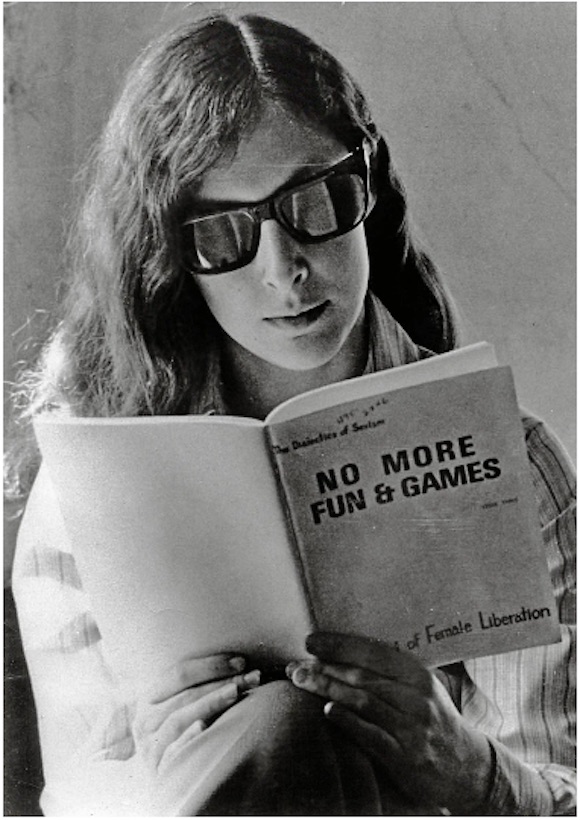
//Ellen Willis, c. 1970. Photograph: Ellen Willis’s family//
One of the narrative threads of my book Totally Wired: The Rise & Fall of the Music Press – which is published in paperback next week – traces the ways in which women writers have been forced to fight long and hard against white male dominance of the field.
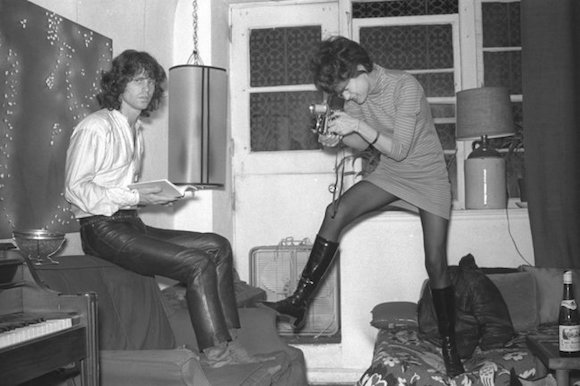
//Gloria Stavers photographs Jim Morrison 1967. Photographer: Unknown//
This process was kicked off in the 1950s by Gloria Stavers, who transformed the US teen scene as editor and photographer at the huge-selling 16 magazine and went on to champion the likes of the Beatles and others in the 60s on her own terms: while she recognised the charisma of The Doors’ Jim Morrison, she was also his equal and lover.
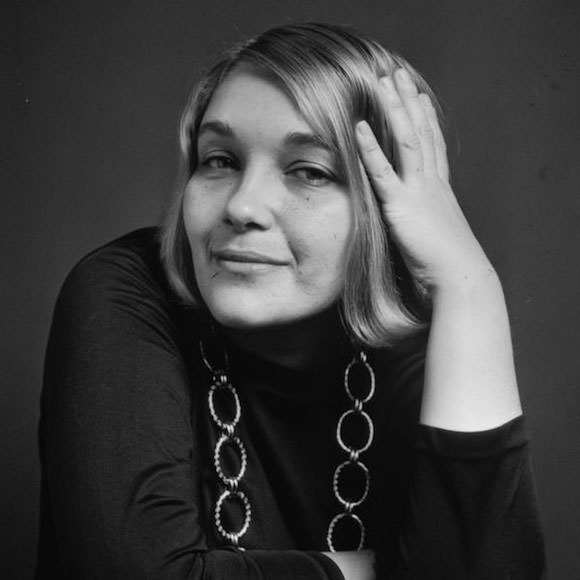
//Lillian Roxon, mid-1960s. Photo by unknown, Fairfax Archives//
Stavers’ trailblazing was followed by the likes of the patronisingly dubbed ‘mother of rock’ Lillian Roxon, the Australian who went on to write the first Rock Encyclopedia, Patricia Kenneally at Jazz & Pop and Ellen Willis, whose highbrow-with-hips take on pop and rock in her New Yorker column influenced such writers as Jaan Uhelszki at Creem and Lisa Robinson at Rock Scene, NME and more recently Vanity Fair.

//Lisa Robinson interviews Michael Jackson, Encino, California, 1972. Photo: Andrew Kent/Riverhead Press//

//Val Wilmer, London, 2019 by David Corio//
Simultaneously in the UK in the 60s and 70s, the photographer/writer Val Wilmer provided key access to and appreciation of visiting jazz and blues performers at Melody Maker while Penny Valentine cut her teeth at pop weekly Disc before directly taking on music industry misogyny at the short-lived Street Life as the future Pretender Chrissie Hynde cut a swathe at NME.
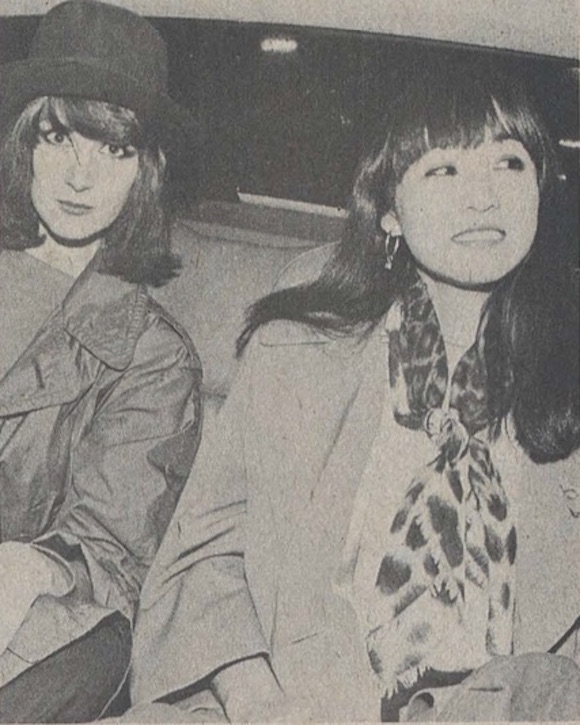
//Caroline Coon (left) and photographer Sheila Rock in a mid 70s issue of Rock Scene. Photo: Bob Gruen//
In the mid-70s the activist and artist Caroline Coon was hired to write for Melody Maker, where she was subjected to the outright sexism erected to block her attempts to champion the early punk movement, but Coon prevailed and was followed by such writers as Mary Harron at NY’s Punk, Julie Burchill at NME and Jane Suck, Vivien Goldman and Betty Page at Sounds, Lucy Toothpaste at Temporary Hoarding and Antonella Gambotto-Burke and Barbara Ellen at ZigZag.
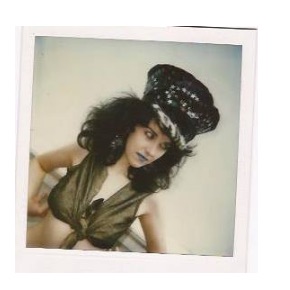

//Left: Fiona Russell Powell; right Sheryl Garratt//
In the 1980s The Face‘s gender-blind hiring policy opened the door for waves of superb journalists including Deanne Pearson, Lesley White, Fiona Russell-Powell, Carol Cooper, Sheryl Garratt, who became editor, Lindsay Baker and Amy Raphael. Writers such as Sue Steward, at various titles including Collusion, and Sylvie Simmons at Kerrang! and later Mojo also rocked the boat.
By the 1990s Barbara Ellen and Lisa Verrico were on the rise at Vox before becoming high-profile national media journalists, Lucy O’Brien was at NME and Q and the talents of Siân Pattenden, Sylvia Patterson and Miranda Sawyer were first introduced to the wider world via the pages of Smash Hits.
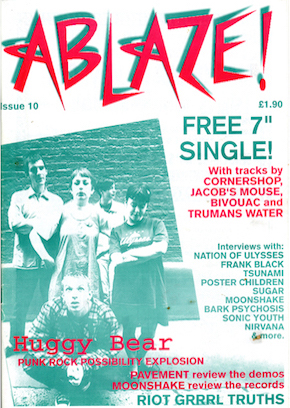
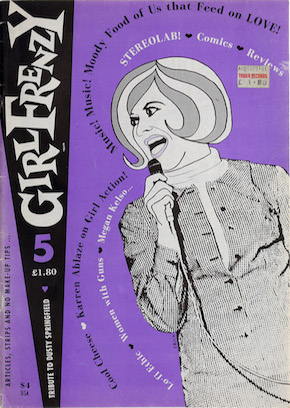
By this time Grrl Power had been championed by zines such as Karren Ablaze’s Ablaze and Erica Smith’s Girlfrenzy with rock, metal, rap and goth featured by Lori Majewski in Spin and abrasive, humour-filled punky feminism was on the march at LA’s Ben Is Dead, where a largely female staff led by Darby Romeo included contributions from such trans artists as Vaginal Davies and Glen Meadmore.
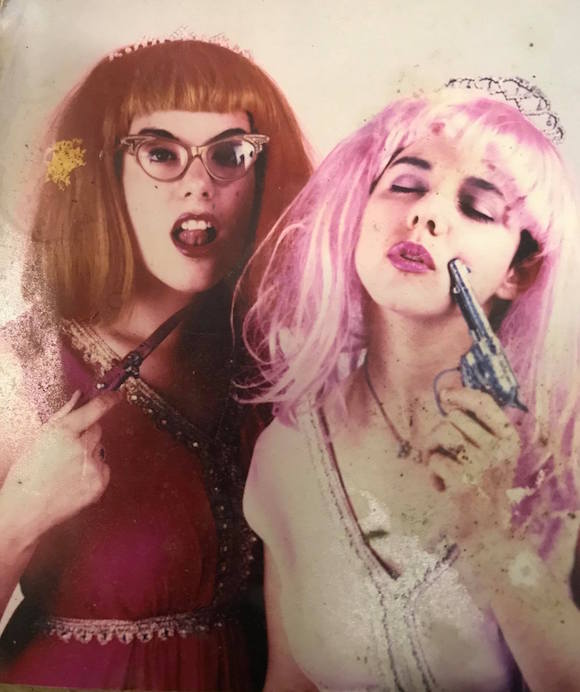
//Ben Is Dead’s Lorraine Mahru and Darby Romeo//
Tina Brown recruited Romeo and co-editor Kerin Morayata as contributing editors at Vanity Fair while Caitlin Moran joined the UK nationals from Melody Maker as the most notable British music journalist of her generation. Her prominence was matched in the US macho world of hip-hop where Sheena Lester ascended as editor of such national hip-hop titles as Rap Pages and XXL.
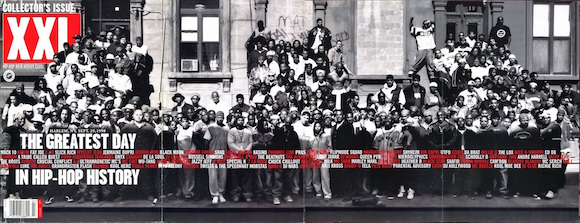
//The Greatest Day In Hip-Hop History was published during Sheena Lester’s editorship of XXL in the September 29, 1998 issue//
These days the most incisive pop commentary across traditional and online media is in my view more likely to be produced by women, whether Kate Mossman and Jude Rogers, who both emerged from the text-led 00s independent publication The Word, authors Holly Warren-George, Sinéad Gleeson, Kate Molleson, Arusa Qureshi and Caryn Rose, critics Laura Barton, Kitty Empire and Laura Snapes in The Guardian/Observer, Elizabeth Nelson at Oxford American or the legions of female writers and editors now realising the ambitions of the likes of Stavers, Roxon and Willis when they started kicking against the pricks all those decades ago.
There are so many links to excellent female writing on music – for starters check out the rocksbackpages writers archive – but here’s a random selection to be going on with:
Lilian Roxon’s friendship with Germaine Greer recalled here.
Dani Garavelli meets the generation of female writers changing whose stories are told and how for The Scotsman here.
Read about Fiona Russell-Powell’s 2009 encounter with Genesis Breyer P-Orridge for New Humanist here.
Sheena Lester appears in this podcast about The Greatest Day shoot.
An archive of Ann Powers’ NPR music criticism.
The New York Times on The Essential Ellen Willis.
The Totally Wired paperback is published next Thursday (July 6) and available from all good booksellers including Rough Trade and bookshop.org.
